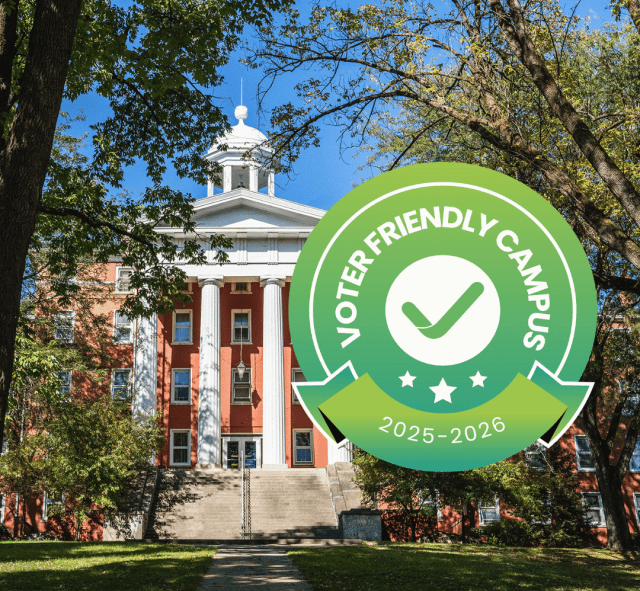SPRINGFIELD, Ohio – Already a recognized leader in the state of Ohio for project-based K-12 learning, the Yellow Springs Exempted Village School District (YSEVSD) sought out another recognized, nationally accredited educational leader in teacher preparation, Wittenberg University, as its sole partner in effecting change in educator diversity.
Thanks to $20,000 in seed funding from the Strengthening Ohio’s Teacher Pipeline Through Partnership grant program, administered through the Ohio Department of Higher Education (ODHE) and the Ohio Department of Education (ODE), Wittenberg and YSEVSD will be working collaboratively during the next three years to increase the number of underrepresented teachers employed by YSEVSD and the number of underrepresented students enrolled in Wittenberg’s Teacher Education Program (WTEP). Additionally, the funding will provide for training of both WTEP and YSEVSD faculty with regard to mentoring students from underrepresented groups.
“Diversifying the pipeline of educators poised to take on positions in area schools and beyond is essential if we are to fully achieve equity and provide an effective learning environment for all students – one with authentic representation of the student population at the core,” said Brian Yontz, associate professor of education and department chair at Wittenberg University.
Research conducted for the funded grant proposal affirms the power of such diversity in the classroom.
“There are both academic and social-emotional benefits to students of color who are being taught by teachers of color, including gains in test scores, decreases in adverse student behaviors (absences, disciplinary actions), and increased likelihood of graduating from high school and taking college entrance exams,” notes the U.S. Department of Education in a 2016 report.
Additionally, researchers at the University of Connecticut, Johns Hopkins University, American University, and the University of California-Davis, recently found that “black students who’d had just one black teacher by third grade were 13 percent more likely to enroll in college – and those who’d had two were 32 percent more likely.” Their findings were published in a working paper titled “The Long-Run Impacts of Same-Race Teachers” from the National Bureau of Economic Research.
“Diversifying our teaching force is an imperative—it cannot be more plain. This program begins to break down barriers that will help the Yellow Springs Schools and Wittenberg achieve that goal,” Yontz said.
At YSEVSD, 34% of the total K-12 student population currently identifies as non-white, but only six non-white teachers are employed in the district. While the non-white population at Wittenberg has been steadily increasing in recent years, the number of non-white students enrolled in Wittenberg’s NCATE-accredited Teacher Education Program stands at less than 2 percent.
To change these demographics, the new teacher pipeline project embraces mentoring as an initial program entry point for interested Wittenberg students who are considering education as their major. These students would be hired by YSEVSD each year as tutors but also assigned a YSEVSD mentor. Should these selected students declare education as their intended major and be admitted to WTEP, they would complete their field experience during their junior or senior year at YSEVSD. Those WTEP students who are part of the project would then be given preferential interviews for positions at YSEVSD upon graduation from Wittenberg.








